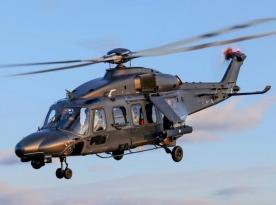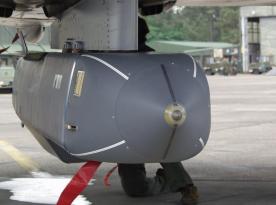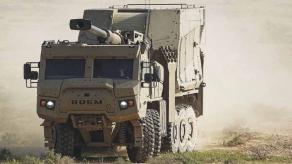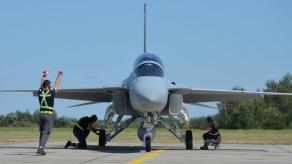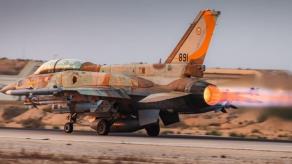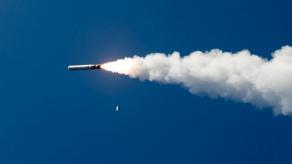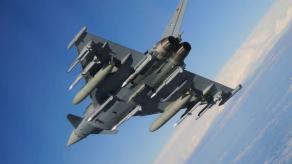The heavy multi-purpose fourth-generation Su-27 fighter (NATO reporting name: Flanker), with its high maneuverability and all-weather capabilities, was exported very rarely. One of the buyers of this aircraft was Ethiopia in 1998. This country needed planes for the war against Eritrea. This was one of the rare cases (outside Ukraine's battlefield) when Su-27s were used to perform air defense tasks, with their "opponents" being MiG-29s (NATO reporting name: Fulcrum) from the Eritrean Air Force. Let's examine this example, which allows us to visually compare the shortcomings of both types of aircraft, for which the Armed Forces of Ukraine urgently need to be replaced with F-16s (or another Western fighter).
Ethiopia bought its Su-27s from russia after its military received information that in the same 1998, the enemy Eritrea had purchased a squadron of MiG-29 aircraft from russia. The more modern Su-27 aircraft were needed by Ethiopia to update the Ethiopian Air Force's fleet, which at that time consisted of limited-capability MiG-21 (NATO reporting name: Fishbed) and MiG-23 (NATO reporting name: Flogger) aircraft.
Read more: Diplomat Named Weapons What Ukraine Needs for Counteroffensive
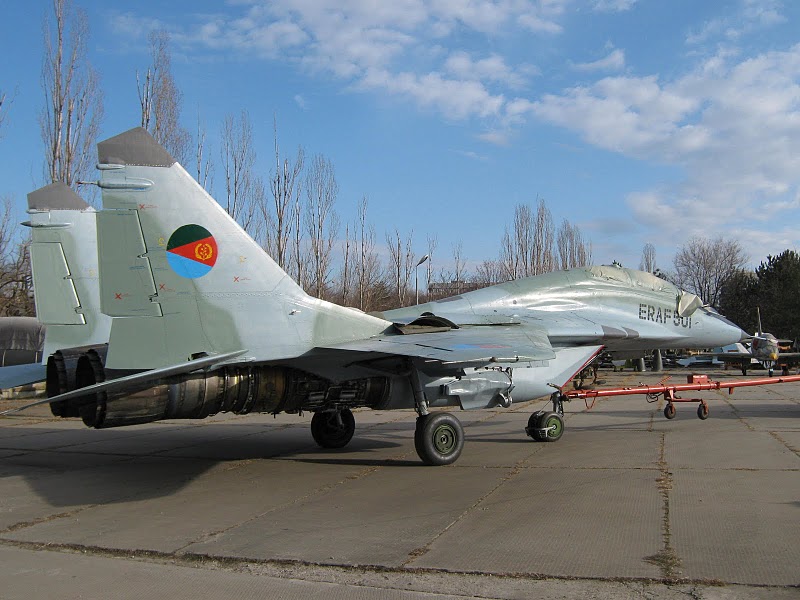
Despite how strange it may seem, Ethiopia initially planned to buy fighter jets from the United States. However, the Chief Commander of the Ethiopian Air Force, Abiy Ahmed Tekle-Haimanot, personally intervened and the plans were switched to purchasing Soviet-made Su-27 aircraft.
At first, Ethiopia planned to buy Su-27P multirole fighters from Belarus, but there was another unclear turn of events, and in the end, Addis Ababa bought eight Su-27SK as well as three Su-27UBK aircraft directly from russia. This decision was supposedly due to the poorer technical condition of the planes planned to be purchased from Belarus. However, the first flights on the Su-27s received from russia showed that the condition of these fighters was not ideal either - flights often had to be terminated prematurely due to communication equipment failure or the Fly-by-wire system of Su-27 aircraft malfunction.

In this story, specific russian "marketing" was also present: russia sold Ethiopia fighter jets but did not sell enough spare parts and equipment for aircraft maintenance. As a result, during the war against Eritrea, the Ethiopian Air Force divided its Su-27 squadron into two parts: the first was stationed for constant combat duty at an airfield 40 km from the front, and the second was left at a rear airfield as a reserve.
Regarding specific "African" nuances in combat use, in the case of Ethiopia and the Su-27, there was an interesting moment: the mountainous terrain did not allow for the creation of a unified radar coverage zone, so the fighter pilots could not rely on guidance from ground control points and mostly had to independently search for enemy airborne targets.
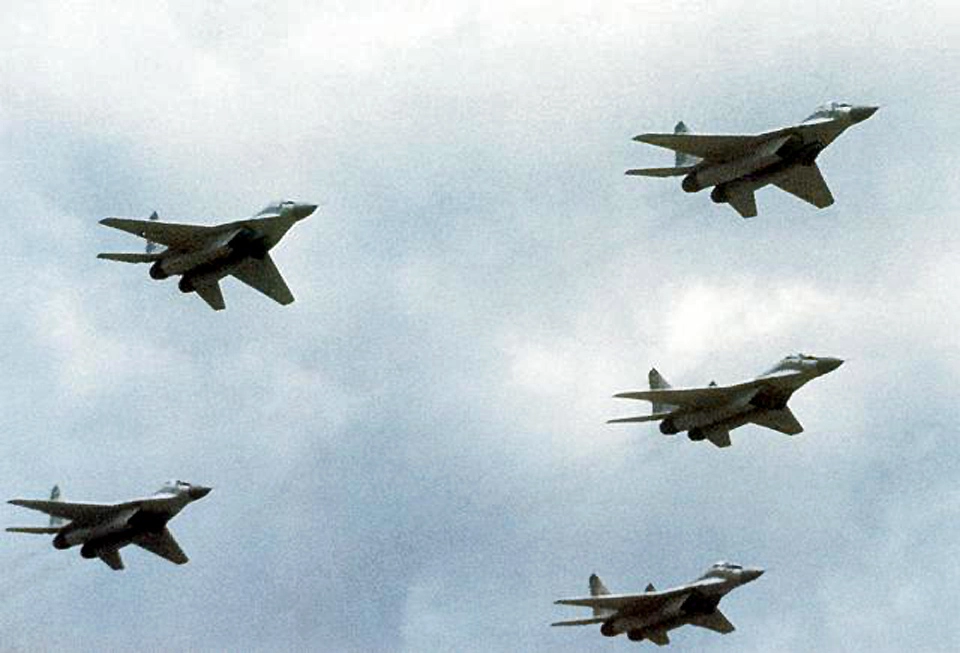
Other specific moments arose directly from the shortcomings of the Su-27SK aircraft and the "air-to-air" missiles R-27RE (NATO reporting name: AA-10 Alamo-B ) and R-27TE (NATO reporting name: AA-10 Alamo - С). For example, practice showed that the actual firing range of these missiles was significantly less than declared. As a result, in a head-to-head battle with Eritrean MiG-29s, Ethiopian Su-27 pilots had a time advantage of only 1-2 seconds instead of the 5-7 seconds claimed by the manufacturer.
During highly intense contact, the pilot of the Su-27 might simply miss the target with the R-27 (NATO classification -AA-10 Alamo) missiles, causing them to miss entirely. For instance, in one of the battles involving the Ethiopian Air Force, a Su-27 managed to fire off two R-27 and two R-73 (NATO reporting name: AA-11 Archer ) missiles at a single airborne target of the enemy, but all of these missiles missed their intended target.
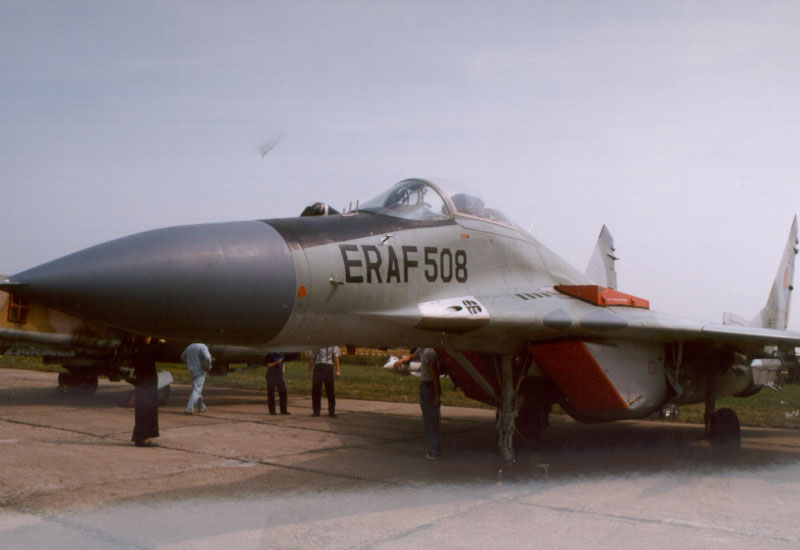
It is worth noting that some sources claim that during the Ethiopia-Eritrea war of 1998-2000, Su-27 pilots shot down two enemy MiG-29 aircraft, with no confirmation of any other downed aircraft. However, other sources state that the Ethiopians on Su-27 planes only managed to shoot down one enemy MiG-29 and that during the air battles from both sides, 29 R-27 missiles were unsuccessfully launched.
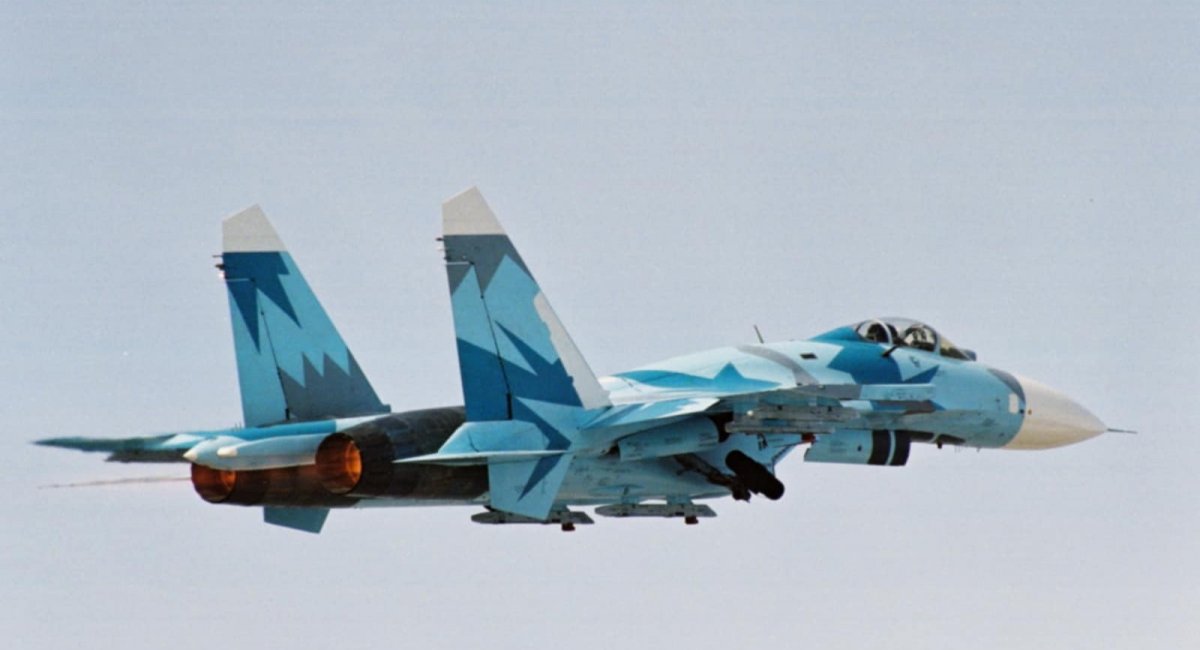
The above-described confrontation between post-Soviet Su-27 and MiG-29 aircraft, which are part of the arsenal of the Ukrainian Armed Forces (albeit in such an "exotic" context), clearly demonstrates why Ukraine needs F-16s (or other modern Western fighters).
To destroy russian aircraft, the Armed Forces of Ukraine need aircraft that:
•Are more reliable in operation than Soviet ones;
•Have a significantly higher missile firing range than the R-27 missile can provide;
•Outperform russian aircraft in tactical and technical characteristics and combat systems that can be used from these planes.
Finally, the new aircraft in service with the Ukrainian Air Force must have more reliable, productive, and efficient onboard equipment, allowing for better utilization of the planes' combat potential by the pilots who operate them.
Read more: Due to Aging Aircraft, the USAF Has Delays For Up to Two Years to Start Pilots Training





